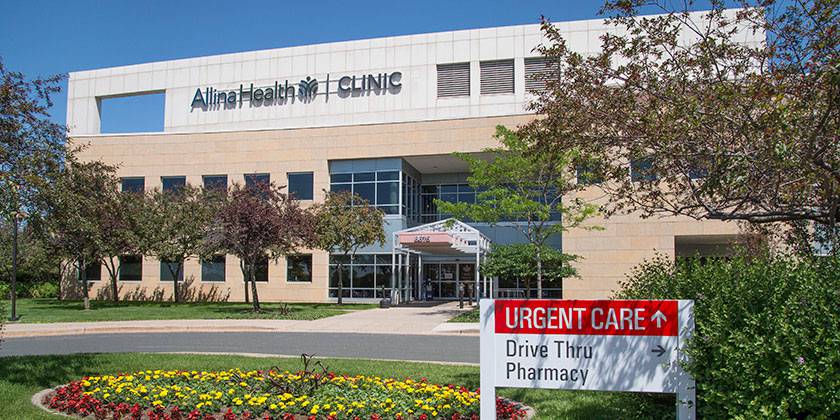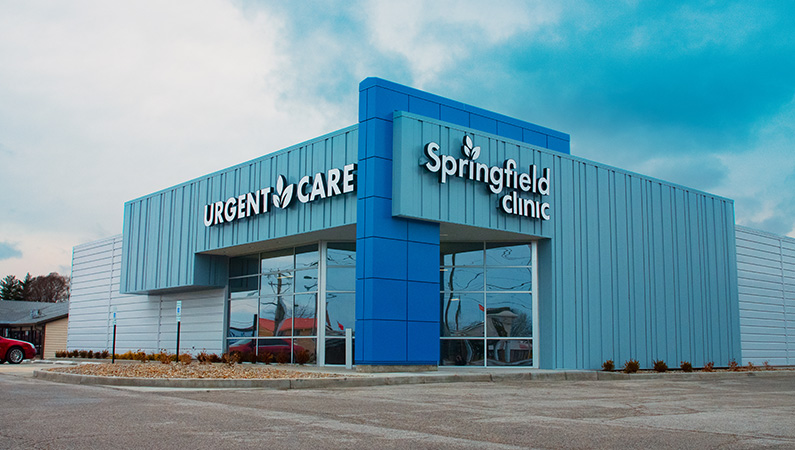The Value of Urgent Treatment Centers in Bridging the Void Between Health Care and Emergency Situation Services
Urgent care centers have emerged as an essential element of the medical care landscape, efficiently addressing the vital requirement for prompt clinical focus without considering emergency situation services. By giving look after non-life-threatening conditions, these facilities aid to ease the burden on emergency clinic and boost client access to prompt treatment. Their prolonged hours and varied solutions deal with an expanding populace looking for choices to conventional medical care. However, the progressing role of urgent treatment facilities increases crucial inquiries regarding their assimilation within the more comprehensive medical care system and the implications for person outcomes and source allotment.
Overview of Urgent Treatment Centers
Urgent treatment facilities have actually become a vital component of the health care delivery system, offering available medical solutions for non-life-threatening problems. These facilities typically operate outside common office hours, offering individuals an option to emergency clinic and medical care settings. Patients seeking immediate treatment frequently existing with issues such as minor injuries, infections, or health problems that need timely interest however do not position a prompt threat to life or arm or leg.
Immediate care facilities are staffed by a variety of medical care professionals, consisting of physicians, registered nurse practitioners, and medical professional assistants, who are outfitted to detect and treat numerous clinical problems. They typically feature analysis devices such as X-ray devices and laboratory services, enabling them to offer extensive treatment on-site.
The facility of immediate care centers has been influenced by the enhancing need for prompt clinical services in a busy society, where clients might have a hard time to secure consultations with medical care companies. Because of this, these facilities intend to reduce blockage in emergency situation departments, enhancing total healthcare efficiency. Additionally, urgent treatment centers commonly act as a bridge in between main treatment and emergency situation solutions, guaranteeing that people get proper care tailored to their specific medical needs.

Benefits of Urgent Care Services
Accessing prompt clinical care is a substantial benefit of urgent treatment services. These facilities provide immediate attention for non-life-threatening problems, properly decreasing wait times compared to conventional emergency departments. Clients looking for take care of small injuries, illnesses, or urgent health worries can get therapy without the lengthy hold-ups typically connected with healthcare facility brows through.
Another secret benefit is the prolonged hours of procedure. Several urgent treatment centers are open nights and weekend breaks, accommodating clients who may not be able to visit their medical care provider throughout basic office hours. This flexibility makes urgent care an obtainable option for those with hectic timetables or sudden health and wellness issues.
Additionally, immediate treatment centers typically use a variety of services, consisting of analysis testing, X-rays, and basic laboratory services. This detailed technique permits quick medical diagnosis and therapy, improving patient complete satisfaction.
In addition, immediate care facilities are commonly much more economical than emergency clinic, making them an appealing alternative for individuals without insurance or those with high-deductible strategies. In general, urgent treatment services play an essential function in supplying obtainable, prompt, and inexpensive medical treatment.
Comparison With Health Care
Typically, people typically weigh their alternatives between urgent treatment centers and health care carriers when seeking clinical interest. Both serve necessary roles in the medical care system, yet they differ dramatically in accessibility, expense, and range.
Medical care companies are commonly the very first factor of contact for patients, concentrating on lasting health management, precautionary treatment, and persistent disease management. They offer continuity of treatment, cultivating a patient-provider partnership that enables detailed health and wellness analyses and personalized treatment plans. Nevertheless, arranging a visit can be time-consuming, often requiring days or weeks ahead of time.
In comparison, immediate care centers provide prompt care for non-life-threatening problems that need timely focus, such as minor injuries or infections. These centers usually operate beyond conventional workplace hours, accommodating people that might not be able to visit their primary treatment company throughout routine service times. Furthermore, urgent care is generally extra cost-efficient than emergency situation area brows through, making it an enticing choice for those with limited healthcare accessibility.
Eventually, while urgent treatment facilities and medical care providers both add to person health and wellness, they deal with distinctive requirements, making it important for clients to determine which choice best straightens with their situations.
Emergency Situation Services Communication
The interaction in between urgent care facilities and emergency solutions is a crucial facet of the medical care landscape, particularly when individuals face circumstances that may intensify in extent. Urgent care facilities work as a bridge between medical care and emergency divisions, dealing with non-life-threatening problems that require instant focus. This collaboration improves person end results and optimizes source allotment within the medical care system.
When people offer with immediate but not serious issues, immediate treatment facilities can successfully manage their requirements, alleviating congestion in emergency clinic. Facilities geared up with diagnostic capacities can facilitate prompt recommendations to emergency services when a client's condition exceeds the extent of urgent care treatment. This smooth communication assists guarantee that clients get the proper degree of treatment without unneeded hold-ups.
In addition, effective interaction between immediate treatment companies and emergency services is essential. Sharing client info and treatment histories cultivates worked with treatment, lessening the danger of redundant examinations and treatments. As medical care remains to develop, the dynamic relationship in between immediate care facilities and emergency situation solutions will play a pivotal role in enhancing client treatment effectiveness, satisfaction, and general health and wellness outcomes within the community.
Future of Urgent Treatment Facilities
As health care needs evolve, the future of immediate treatment facilities is positioned to become increasingly indispensable to the total medical ecosystem (Urgent Care). These facilities are likely to broaden their duties by integrating advanced modern technologies, such as look these up telemedicine, expert system, and digital health record integration. This will certainly boost client accessibility and improve care control between urgent care, key care, and emergency situation services
Additionally, immediate care centers are expected to expand their solution offerings to include preventative care and chronic illness management. This change will certainly place them as essential parts in handling population health and wellness, lowering the worry on emergency departments, i loved this and attending to spaces in medical care availability.
The expanding pattern of value-based care will better speed up the transformation of immediate care facilities, prompting them to focus on client results and contentment. Facilities may additionally take on collaborative practice models, functioning closely with experts and health care companies to make certain comprehensive person monitoring.
Verdict
Finally, immediate care facilities serve a vital feature in the health care system by giving instant access to treatment for non-life-threatening problems, properly reducing stress on emergency situation services. Their expanded hours and diverse variety of services enhance person convenience and contentment, while also making sure proper treatment delivery. As health care needs remain to develop, the duty of urgent care centers will likely end up being significantly significant, further connecting the void between main care and emergency situation solutions.
The establishment of urgent treatment centers has been affected by the increasing need for prompt medical services in a hectic culture, where clients might battle to secure visits with primary care companies. In addition, urgent treatment facilities frequently serve as a bridge in between main care and emergency situation solutions, making sure that patients get ideal treatment customized to their particular clinical demands.
Several immediate treatment centers are open evenings and weekends, fitting patients who may not be able to see their key treatment service provider during see page common workplace hours (Urgent Care). As medical care continues to develop, the dynamic relationship between immediate care centers and emergency services will certainly play a crucial duty in boosting individual treatment performance, complete satisfaction, and overall health results within the neighborhood
